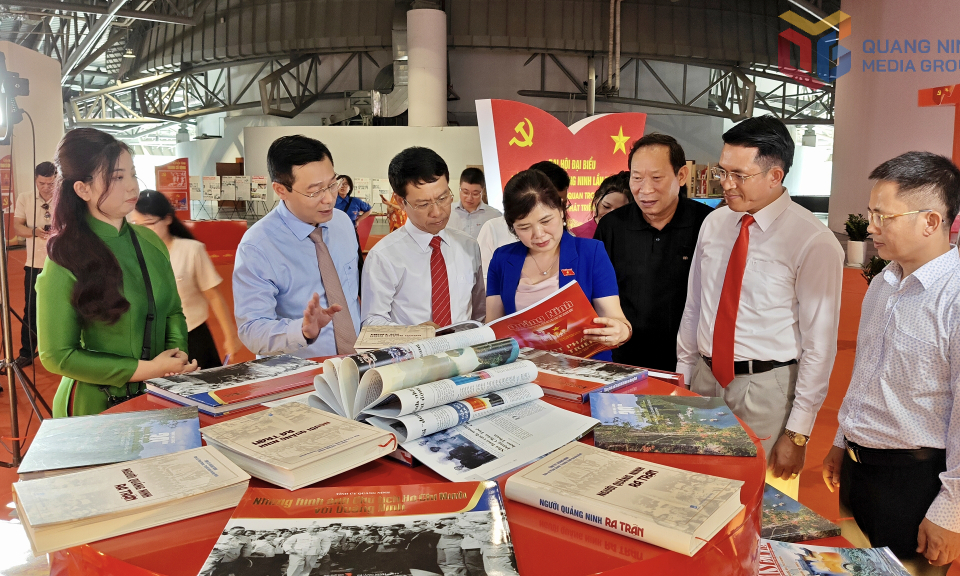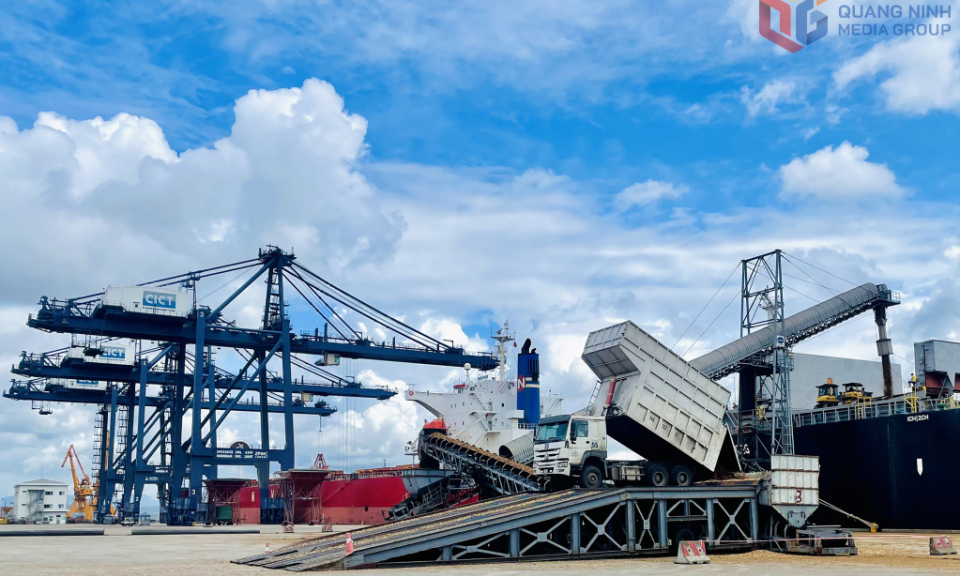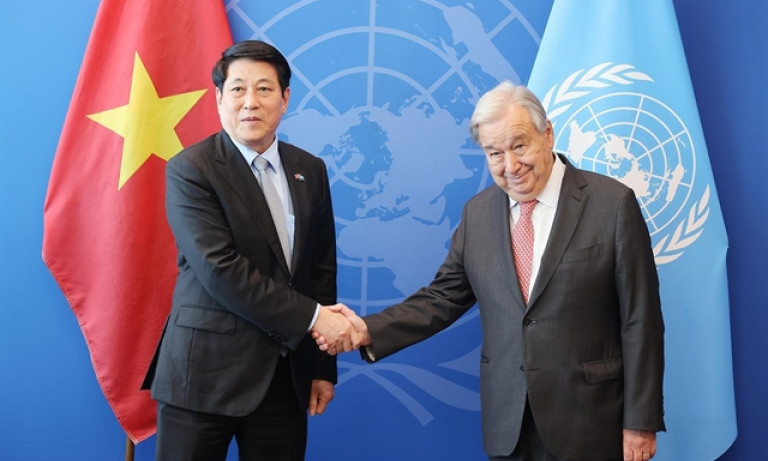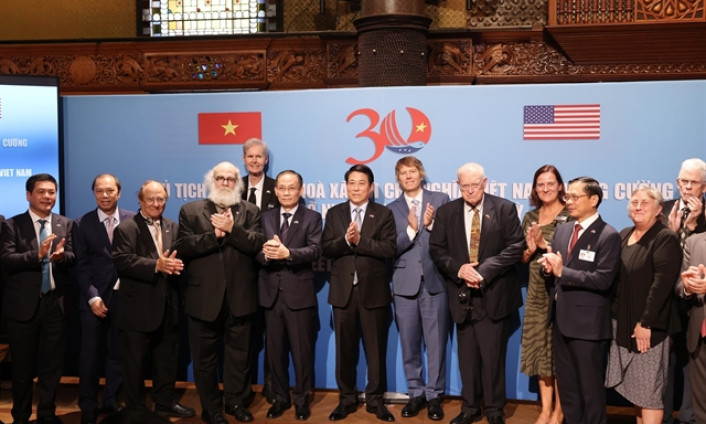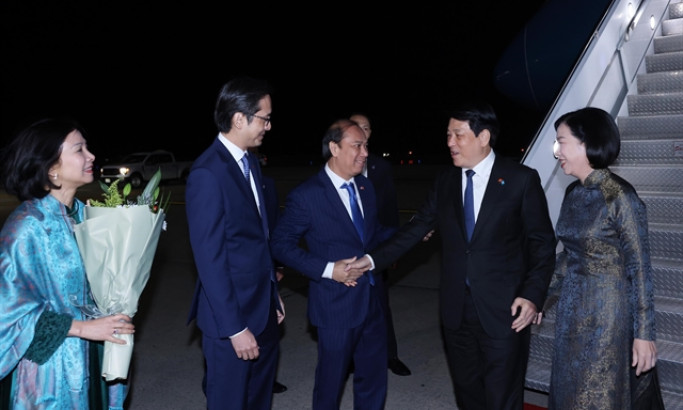Trade negotiation results with the US are positive for Việt Nam: experts
On Truth Social, US President Trump on Wednesday stated that, per the "Great Deal of Cooperation," Việt Nam would "pay the United States a 20 per cent tariff on any and all goods sent into our Territory, and a 40 per cent tariff on any transshipping."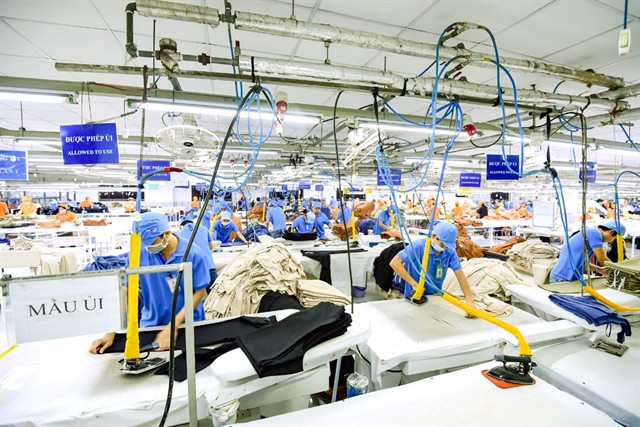
With a US reciprocal tariff rate of 20 per cent imposed on Vietnamese goods and 40 per cent on transshipping gained under the US-Việt Nam trade negotiation deal, experts assessed this is a positive result.
On Truth Social, US President Trump on Wednesday stated that, per the "Great Deal of Cooperation," Việt Nam would "pay the United States a 20 per cent tariff on any and all goods sent into our Territory, and a 40 per cent tariff on any transshipping."
This is down significantly from the 46 per cent in the original reciprocal tariff plan announced on April 2, 2025, a date Trump referred to as "Liberation Day."
In return, Việt Nam would cut all tariffs for American goods into the country.
Dr Lê Quang Minh from the University of Economics under the Vietnam National University commented that Việt Nam's trade negotiation results with the US were very good and positive, which came from the Government’s proactive and early preparation.
Sharing the same view, Phạm Lưu Hưng, chief economist and director of SSI Securities Incorporation (SSI)’s research division, said this is a very positive signal, marking Việt Nam becoming the third largest partner of the US to be able to reach a preliminary agreement on tariffs – the basis for enhancing its international trade position.
Associate Professor Dr Nguyễn Thường Lạng from the Institute of International Trade and Economics under the National Economics University also said that the negotiation between the senior leaders of Việt Nam and the US was a great success, creating a mutually beneficial agreement.
Analysts of the Maybank Securities Company (MSVN) believe this is a relatively positive result for Việt Nam, especially in the current context and the transition period.
According to MSVN's assessment, the 20 per cent tax rate, despite significant changes, is still within the control of most Vietnamese exporting enterprises. This tax rate is unlikely to cause major disruptions to their business operations in the US market.
MSVN believes that Vietnamese businesses now have time to negotiate cost-sharing mechanisms with US importers, adjust price structures and optimise operations to maintain competitiveness.
According to Hồ Quốc Tuấn, a senior lecturer at the UK’s University of Bristol, in the context that a month ago, the US specifically had named Việt Nam in the assessment of transshipping countries and wanted to impose heavy taxes, the current rates are a success. Looking at the reaction of Nike shares on Wednesday, it could be seen that American partners are optimistic.
Compared to previous scenarios forecast by analysis centres, this is a neutral scenario, Tuấn said, noting however, it is still necessary to compare it with the tax rates to be imposed on Việt Nam’s competitors in the future.
Meanwhile, Associate Professor Dr Phạm Thế Anh from the National Economics University said that: “I expect a 10-15 per cent rate, but 20 per cent is not too bad. This is an acceptable tax rate for goods originating from Việt Nam,” adding that if the US applies different tax rates according to the localisation rate, it will be positive news for Việt Nam’s double-digit growth target.
Sharing the same view, independent economist Dr Nguyễn Quốc Việt commented that with the 20 per cent tariff, it can be seen that it is more favourable than the worst-case scenario. Therefore, in the context that if the economic outlook for 2025 remains as positive as at the beginning of the year, Việt Nam's real growth will be relatively higher than the growth scenario forecasts of international organisations, which are inherently quite cautious.
“Việt Nam's real growth in 2024 was 0.9 per cent higher than the average forecast of international organisations. Therefore, with this tax scenario, we can completely hope for a more positive signal for growth,” Việt said.
However, Việt noted: "Businesses still need to be cautious as the US imposes reciprocal taxes of up to 40 per cent on transshipping, while we do not know how the US calculates and investigates the origin, as well as the additional taxes imposed on each specific item."
Therefore, Việt said that businesses need to focus on production management tools to ensure product origin certification, and technological process innovation to increase domestic input value to reduce the risk of investigation.
Sharing about preparations to respond to the impact of the tax, Thân Đức Việt, general director of the Garment Corporation No. 10, said that the US is a market that accounts for a large proportion of textile exports, so it is difficult to replace.
Therefore, to reduce costs, businesses are focusing on increasing labour productivity through training highly skilled human resources and investing in modern equipment. In particular, businesses are also making efforts to diversify their sources of raw materials, including purchasing fabrics with cotton origins from the US.

